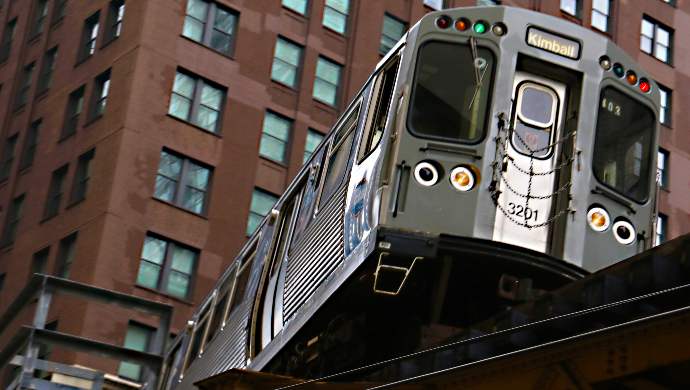The future of global transportation is bright, but it is also a long way’s off

The future of the transportation network looks phenomenal. Think about it. We have Elon Musk talking about tunnels that could transport vehicles hundreds of miles away at a lightning fast speed. We have cars that do not need people behind the steering wheel. The only question is how long it will take to live this future?
Even if we sideline the time it is going to take, the next big question that pops up is whether the autonomous driving will completely replace the traditional transportation system or create a hybrid transportation system where both machines and humans can coexist.
Before we get into answering these questions, let’s first discuss why self-driving cars will eventually become as popular as their predecessors.
Rising Number of Car Accidents
South East Asia experiences approximately 316,000 deaths due to road accidents every year. In the United States, this number amounted to 37,133 deaths in 2017.
Other countries with the most number of deaths due to road accidents per year include Namibia, Iran, Sudan, Swaziland, Venezuela, Congo, Malawi, Iraq, and the Central African Republic.
Regardless of the situation, the primary cause of these accidents is the mistake made by drivers. One wrong decision like over-speeding, sudden breaks or anything else costs them their lives. No matter if the accident is the fault of the driver or the other vehicle, the consequences are going to be severe.
Also Read: “General awareness about entrepreneurship in Malaysia needs to go beyond selling food at stalls”
Self-driving cars, on the other hand, can act quickly based on the real-time data and make a move that is good enough avoid a traffic collision. It is about the kind of technology being used in the car and how efficient it is in the real-life traffic scenario.
Self Driving Cars & Their Viability
Over the last few years, leading automotive and tech companies like Tesla, Google, Audi, BMW, Ford, etc. have run multiple tests to check the viability of their self-driving cars.
Tesla being the market leader stepped up its game and went on to announce a couple of years ago that its Model S and X would be equipped with the essential features needed for a self-driving car. It has introduced many technology upgrades in its existing models to improve the performance.
However, the one area where Tesla and other auto manufacturers haven’t been able to reassure investors and buyers is the integration of maps of those roads that are beyond city boundaries.
Most companies run tests on self-driving cars in cities and install 3D maps of lanes, streets, signs, curbs, etc. accordingly. These dense 3D maps allow self-driving vehicles to analyse their exact location and what to do in case any obstacle like other cars or pedestrians show up. So, if they don’t have 3D maps of any area already installed, it’s almost next to impossible for them to operate there.
Also Read: The e27 Southeast Asia Startup Ecosystem Report 2018 is here
To fix this problem, a team of scientists at MIT has developed a framework called MapLite that allows self-driving cars to safely drive on those unmapped roads. However, the proper integration of this technology might take some time. Until then, self-driving cars cannot be called a viable solution for the current transportation system.
How long is too long:
Given the pace at which the technological development across the globe is happening, there is no doubt that self-driving cars will eventually become a part of the transportation system. But to think that they will completely replace the traditional vehicles in the near future is nothing more than a figment of imagination.
It will take a lot to replace human drivers with software-driven commands, and it’s not happening for at least the next couple of decades.
Is this too long? Will investors be able to endure the financial pain for the future rewards? We will have to wait and see.
—
Photo by Nick Fewings on Unsplash
The post Can self-driving cars replace traditional transportation system across the globe? appeared first on e27.